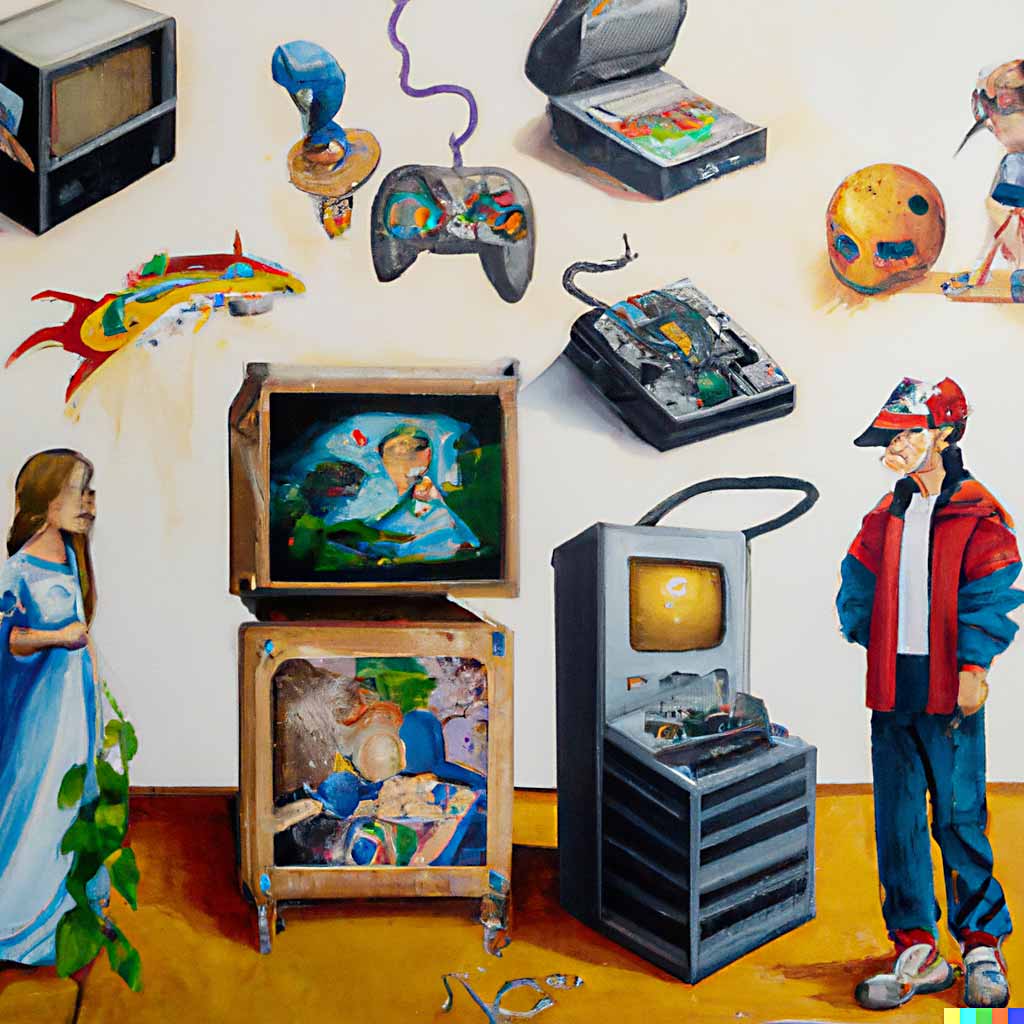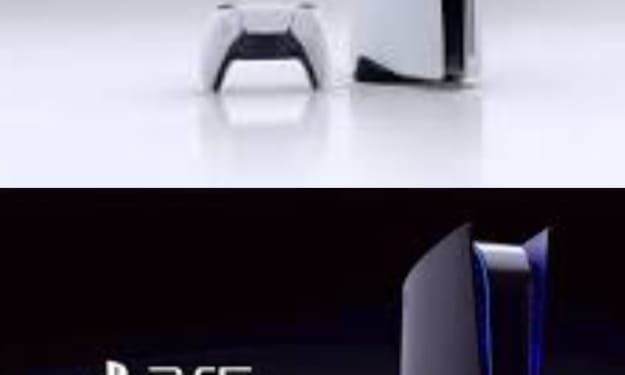3D Realism and Multimedia Experiences (1990s-2000s)
Navigating the Pixelated Evolution: Unraveling the '90s and '00s Tech Odyssey

A Blast from the Pixelated Past: How 3D and Multimedia Grew Up in the '90s and '00s
Remember those blocky dinos in Jurassic Park? Or the mind-bending bullet-time in The Matrix? Those weren't just cool movie tricks; they were the tip of a graphical iceberg that exploded in the '90s and '00s. Back then, 3D graphics and multimedia were like awkward teenagers, all limbs and potential, tripping over their polygons but heading towards something amazing.
Pixel Power: From Wobbly Walkcycles to Virtual Worlds
Before fancy ray tracing and physics engines, 3D graphics were like those inflatable dinosaur costumes at birthday parties. Cute, clunky, and definitely not fooling anyone. Games were flat landscapes with wobbly characters, movies had dinosaurs that looked like bad topiary, and CD-ROMs were the chunky cousins of today's sleek Netflix marathons.
But then, like an awkward teen hitting a growth spurt, things got crazy. Rendering techniques went from basic scribbles to detailed masterpieces. Ray tracing cast shadows like a pro, textures went from fuzzy carpets to intricate tapestries, and suddenly, virtual worlds felt... well, real-ish.
Multimedia Mayhem: From Encyclopedias to Eardrums
Remember those interactive CD-ROMs? They were the mixtapes of the digital age, cramming encyclopedias, games, and cheesy MIDI music onto plastic discs. You could fly through the human body, battle aliens in pixelated spaceships, and learn about the alphabet with dancing letters (because why not?). It was messy, sometimes glitchy, but it was a whole new way to play and learn.
And then came VR, the ultimate "are you sure you're okay?" kid of tech. Headsets like bulky space helmets promised virtual trips to alien planets, but mostly delivered motion sickness and blurry screens. Still, it was a glimpse into a future where reality was optional, and that was pretty darn exciting.
Gaming Genesis: From Side-scrollers to World-breakers
Games were the real rockstars of this era. Remember Mario hopping out of his 2D paintings and into a fully 3D world? Or Quake, where you blasted through creepy corridors with guns that felt like they actually had weight? These weren't just games; they were portals to whole new dimensions, and we were the wide-eyed explorers.
And it wasn't just graphics. Physics engines turned clunky jumps into gravity-defying acrobatics. Cars in racing games actually handled like, well, cars. Every punch in a fighting game felt like a real knock to the jaw. Suddenly, playing a game wasn't just about pixels on a screen; it was about feeling the wind in your virtual hair and the sweat on your digital brow.
Cinematic Spectacles: From Rubber Dinosaurs to Mind-bending Bullets
Remember that T-Rex chasing jeeps in Jurassic Park? Or Neo dodging bullets in The Matrix? Those weren't just special effects; they were magic tricks pulled off with pixels and polygons. CGI went from stiff puppet shows to seamless blends of real and fake, blurring the lines between what was on screen and what was in your head.
And then came HD, the visual equivalent of a double espresso shot. Suddenly, blades of grass in movies were sharper than your ex's side-eye, and explosions lit up the screen like supernovae. It was a whole new level of immersion, like you were living inside the movie poster.
Growing Pains and Leaps of Faith: From Floppy Disks to Fiber Optics
Of course, it wasn't all smooth sailing. Back then, computers were like temperamental toddlers, throwing tantrums if you asked them to render more than a few squares at once. The internet was a dial-up nightmare, downloading a single song felt like watching paint dry, and VR headsets looked like something Frankenstein built with spare goggles and duct tape.
But guess what? We figured it out. We crammed more transistors into chips, spun faster hard drives, and wove a web of fiber optic cables that made information fly. The internet went from snail mail to instant messaging, and suddenly, sharing that awesome screenshot of your character doing a backflip in mid-air wasn't just a dream.
Simulations So Real, You Could Practically Smell Them
Remember those flight simulators that airlines used to train pilots? Or those medical simulations where doctors could practice surgery without touching a scalpel? In the '90s and '00s, 3D wasn't just about entertainment; it became a powerful tool for learning and training. You could fly planes in virtual skies, operate on organs in simulated bodies, and even defuse bombs without ever leaving your chair. It was like stepping into a training montage from an action movie, only without the cheesy music and gratuitous explosions (probably).






Comments
There are no comments for this story
Be the first to respond and start the conversation.